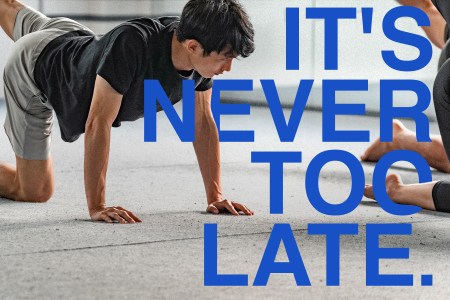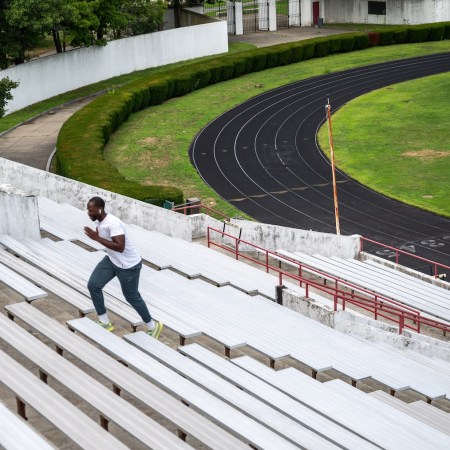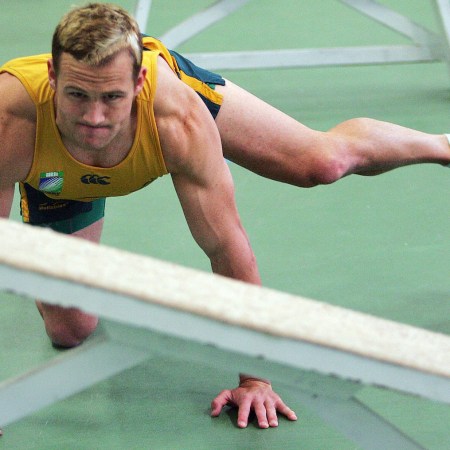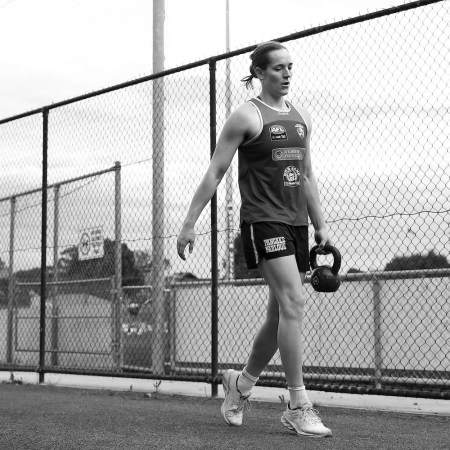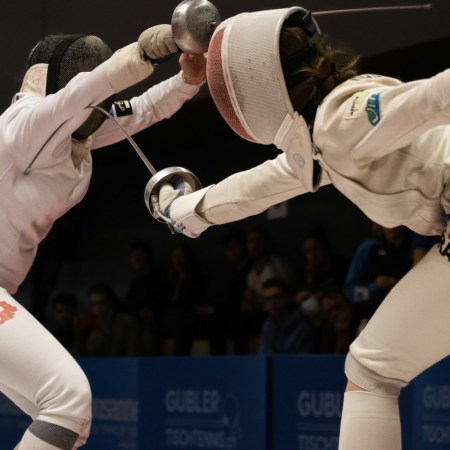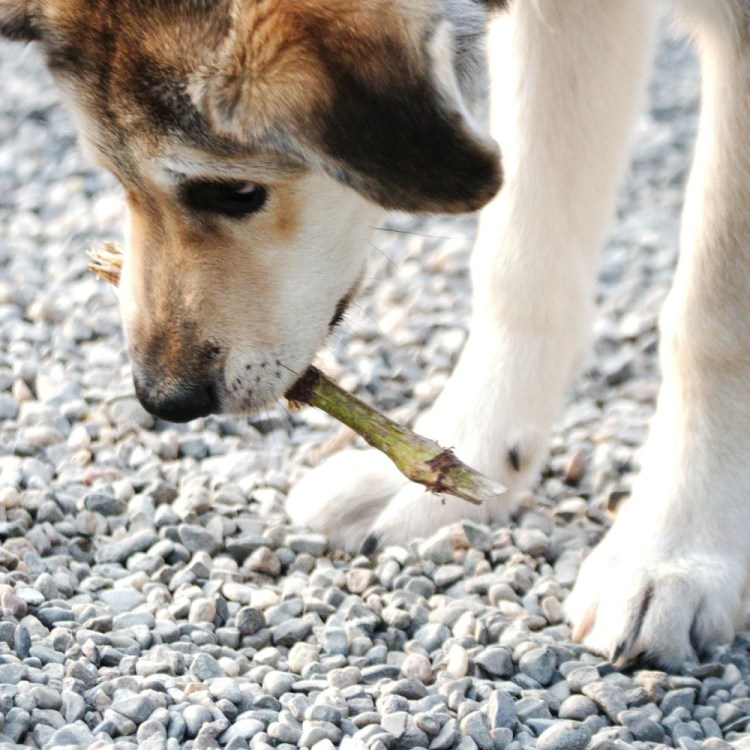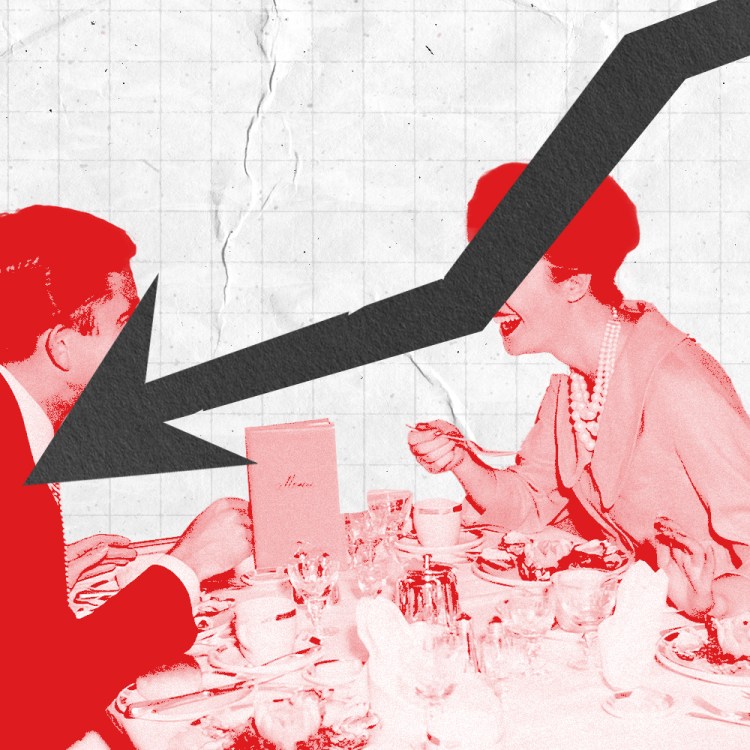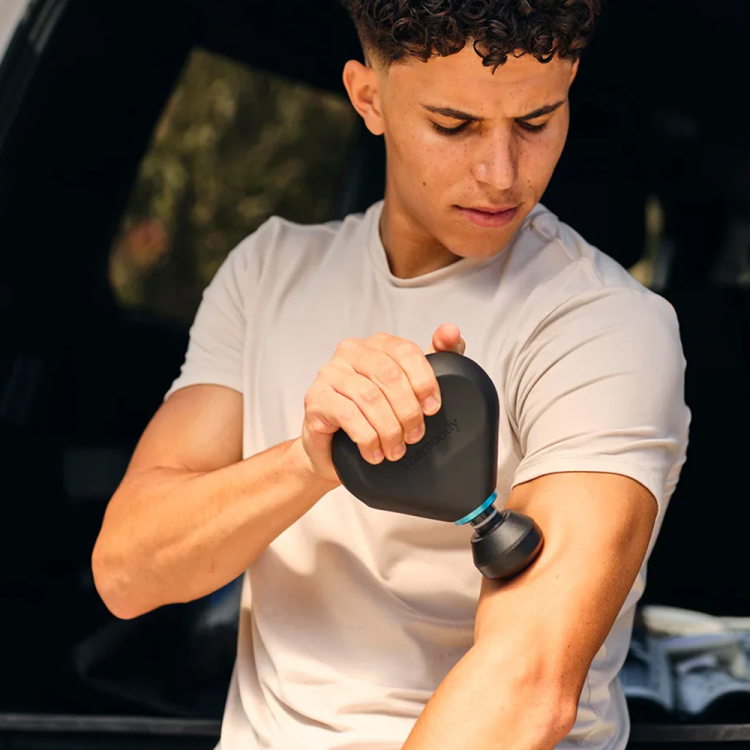When astronauts return from long stints in low orbit, their joints are an absolute mess — months of microgravity dismantle the body’s neuromuscular network. Once safely back on the planet, they begin rebuilding their balance, core strength and coordination in earnest.
At the heart of this chain is the ankle and its all-important “proprioceptors.” These sensory receptors help the body move through space. It’s a sort of autonomous, almost-omniscient GPS. You know how and where to land on a stair thanks to proprioception. Same for kicking a soccer ball or driving a car. To reenter gravity (and society), astronauts need to sharpen this sense again. Ankle stabilization drills are vital.
While only 0.000009% of the global population has been to space, everyone’s ankles atrophy in time, on account of disuse, injuries, sedentary behavior or simple aging. And weak ankles lead to sore feet, rolled ankles and compensations up and down the kinetic chain. In older adults, this shows up as hip or back pain, and can heighten your risk of falls.
Want to unlock stronger, more stable ankles? Here’s what you need to know — to start from the ground up.
It’s Never Too Late to Start Pilates. Here’s How.
It looks gentle, but it torches the muscles that matter. No wonder Pilates is recruiting (and humbling) men everywhere. Here’s why it works — and how to stick with it.Ankle Dorsiflexion and Aging
Ankles are complicated. On one hand, they’re pretty fragile — a mess of ligaments meeting interstate-freeway style in a narrow joint. But they’re also absurdly strong.
The Achilles tendon, for instance, is the thickest and strongest tendon in the body. As one University of Pennsylvania researcher put it: “It can withstand loads three to six times your body weight just by walking or jogging — well over 1,000 pounds.”
Your ankles were built to be used, in other words. To actively strengthen them for the long haul, the focus should be on dorsiflexion, which is your ability to pull the toes back (between 10 and 30 degrees) towards the shin.
According to a study published earlier this year, older adults “significantly showed more variable and less complex force outputs” than younger adults. The aging group also struggled with “lower bilateral motor synergies.” Their poor dorsiflexion performance displayed direct ties to “gait and balance control deficits” — and a greater fall risk.
How to Train Your Ankles
If dorsiflexion is the key, should you just start yanking your ankles back 10 to 30 degrees every day? Not exactly — your protocol doesn’t have to be so literal (though a product like the CastleFlexx is great for pulling the ankles back safely and effectively). Also: there are a range of adjacent exercises that don’t involve dorsiflexion at all, but still support stronger, more stable ankles.
The best protocol here? A few, repeatable exercises to build strength and stability, help your ankles age more gracefully and fight back against metaphorical microgravity. I recommend these five moves:
- Banded dorsiflexion pulls: There are a few versions of this exercise. See here and here, too. But the overarching idea is to add a little resistance as you work on your dorsiflexion range.
- Calf raises on a step: A classic. Let your heels drop below the step at the bottom of each rep, then rise up slowly and pause at the top. You can also do this on a weight plate at the gym. Focus on control, not speed, and aim for 2–3 sets of 10–15 slow, full-range reps.
- Standing tibialis raises: It’s basically the opposite of a calf raise. Stand with your back against a wall, heels up to eight inches out, and lift your toes off the ground. Lower slowly. This trains the muscle that’s responsible for lifting the foot (and preventing trips or stumbles).
- Barefoot walks: One of the easiest, most underrated ways to wake up your feet and ankles. Walk slowly on grass, sand or turf. Notice how your foot hits the ground, how your toes spread, how your ankle responds to uneven terrain.
- Single-leg balance work: Start by balancing barefoot on one foot for 30 seconds. Close your eyes if that’s too easy. You can also try it on a foam pad or BOSU ball.
The Charge will help you move better, think clearer and stay in the game longer. Subscribe to our wellness newsletter today.


